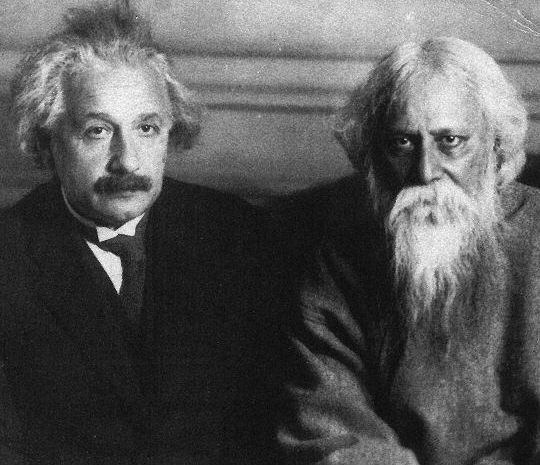A Review of Screen Media Arts: An Introduction to Concepts and Practices
 Sunday, July 12, 2009 at 10:19AM
Sunday, July 12, 2009 at 10:19AM Screen Media Arts by Hart Cohen, Juan Salazar and Iqbal Barkat is a superb book designed to be used in introductory and advanced university classes that study both traditional and digital media. The book comes with a DVD which adds not only resources to the book, but moves the book beyond the conventional boundaries of text and paper. The Australian Publishers Association has short listed the book for a major award.
The book examines areas like the relationships among photographs, images and the transformation of images into data and information. The range is broad, from Roland Barthes to Marshall McLuhan to animation, documentary cinema, narrative cinema with an excellent chapter on experimental film; in each instance there is depth and intellectual rigour. For example, Chapter Two, which deals with Narrative Forms and Screen Media Arts, introduces the typology of Valdimir Propp alongside a discussion of the linguist Roman Jakobson and the anthropologist, Claude Levi-Strauss.
The interconnections here are important and often not recognized by modern day scholars in film. The efforts in the 1970's to develop a semiotics of the cinema, led in large measure by the research and writings of Christian Metz, were profoundly influenced by linguistics. [Jakobson](http://en.wikipedia.org/wiki/Roman_Jakobson), whose work was in phonetics, was very interested in typologies because systems of classification make it possible to describe complex systems in a fundamentally simple way. Levi-Strauss was deeply influenced by this, and his early work builds on Jakobson's insights. Metz tries to redefine the relationships between language and film and searches for a systemic way of explaining how meaning comes to be organized in specific patterns, particularly in narrative film. However, he doesn’t adequately define the nature of the filmic system and ends up suggesting the presence of grammar-like processes that determine film’s signifying properties. Chapter Two grapples with these issues and includes a number of questions that should push students to investigate this important history in much greater detail.
One of the key claims in the book is that 'digitisation' expands the potential for story-telling in the cinema. Although I agree that interactive tools and virtual worlds have had a transformative effect on the nature of images, I am not altogether sure that audience participation also transforms the rules of narrative. The best place to examine this claim would be through a systematic examination of YouTube which is referenced in the book more as a resource than as an object of study. Chapter 16, which deals with Social Media, engages with the plethora of media but creates an inventory rather than connecting social media more fully and richly to questions of narrative. At the same time, Chapter Four, which is one of the best chapters in the book, engages in a profound manner with the shifting space of audience concerns and interests.
Part Two, which is made up of five chapters, deals with a variety of technical issues around production, legal constraints in filmmaking, directing and editing. These chapters will be useful for practitioners. Editing is seen through the theories of Sergei Eisenstein. The notion that the combination of a number of shots (sometimes just two) will produce an “idea” is based on Eisenstein’s overall premise that a universal visual competence governs the ways in which pictorial languages are understood and also the ways in which the specific properties of communication of a given shot are created, recognized and perceived. This fits in with Eisenstein’s emphasis which is drawn in a mechanical way from behavioural ([Pavlovian](http://en.wikipedia.org/wiki/Ivan_Pavlov)) psychology. The Chapter on editing needed to examine this debate in greater detail and relate its presumptions back to the earlier chapters on narrative.
The last chapter of the book explores the present and future in screen media and has some excellent examples of media that are pushing the accepted boundaries both at the level of production and with respect to narrative structures and orientation.
Screen Media Arts stands out among the vast number of introductory texts available on the market!




